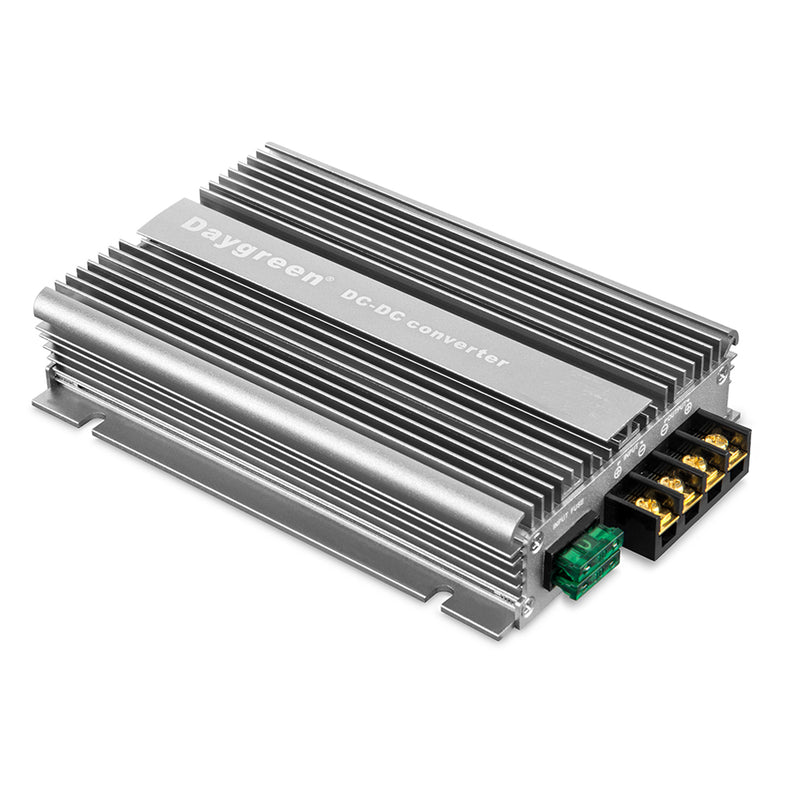Lt.Dan
Solar Wizard
Hey guys, with the 48v battery going into my trailer, I obviously need a buck converter to power 12v appliances. Specifically the leveling system, which it alone will draw 70 amps (and it has an 80 amp circuit breaker in the generator compartment). But I haven't heard any talk about high amp converters on here?
I have found this Daygreen converter that seems interesting, but curious what other people think.

 www.daygreen.com
www.daygreen.com
I have found this Daygreen converter that seems interesting, but curious what other people think.

36V 48V to 12V 13.8V 80A 1104W DC DC STEP DOWN CONVERTER VOLTAGE REGULATOR
Wide input voltage from 30 to 60V Work for appliances from 0AMP to 80AMP automatically 100% full rated power 100% full stable output current 100% burn-in test High-efficiency up to 95% Waterproof sealed Cooling by free air convection Surface mountable 3-year warranty Over-current, over-voltage...


